Did you know that 73% of people skim blog posts rather than reading them?
20 years of research confirmed that most web users scan around a webpage for relevant information.
And that implies that not all your copywriting efforts are in vain.

So, how to write website copy that converts?
By focusing your writing on what matters to your targeted audience the most.
But many people are skipping some important parts that kill conversions.
Today we’ll show you 5 simple tricks to adopt in your copywriting that will effectively engage your readers and help them convert faster.
Let’s begin!💡
What Is Copywriting?
Copywriting is a persuasive writing technique most marketers use to influence their readers to perform specific actions such as:
- Subscribe to an emailing list
- Purchase a product
- Read a blog post
- Click on the Ad
- Watch a video
And conversion copywriting encourages the reader to perform the suggested steps right away.
What Are The Benefits Of Compelling Copywriting
Copywriting can help you:
- Build your company’s image — Highlight your brand’s personality and raise awareness.
- Respond to copywriting trends — Adjust your writing to match search intent.
- Entertain your audience — Improve interaction with your brand through the sales funnel.
- Distinguish your brand from the competition — Make you stand out in the market.
- Improve SEO ranking of your website — Your content will perform better in search queries.
- Persuade readers to take action and convert — Win your prospect over to gain more purchases and subscriptions.
How To Write Website Copy That Converts
1. Hook Your Audience With Effective Title
The title of your copy is the first thing your audience notices. Thus, it must be effective enough to catch the eye and include a key takeaway relevant to the audience’s search intent.
In order to become effective, your title needs to be short, on-point, and a quick answer to the ‘puzzle’ your readers are trying to solve.
For example, people read the first 50 characters, so keep your titles in that character length range.
Best practices suggest that a compelling title (depending on the copy form you need) includes:
- Main keyword — a word user use for their search query.
- Primary benefit — the best takeaway, feature, or solution suggestion.
- Number — number of steps, tips, examples, and so on.
- Sense of urgency — writing style invokes the FOMO (fear of missing out) effect.
- Form of a question — example: ‘How to’ articles.
Here is an example of a remarkably engaging Jacks Hard Cider’s copy on the About Page:
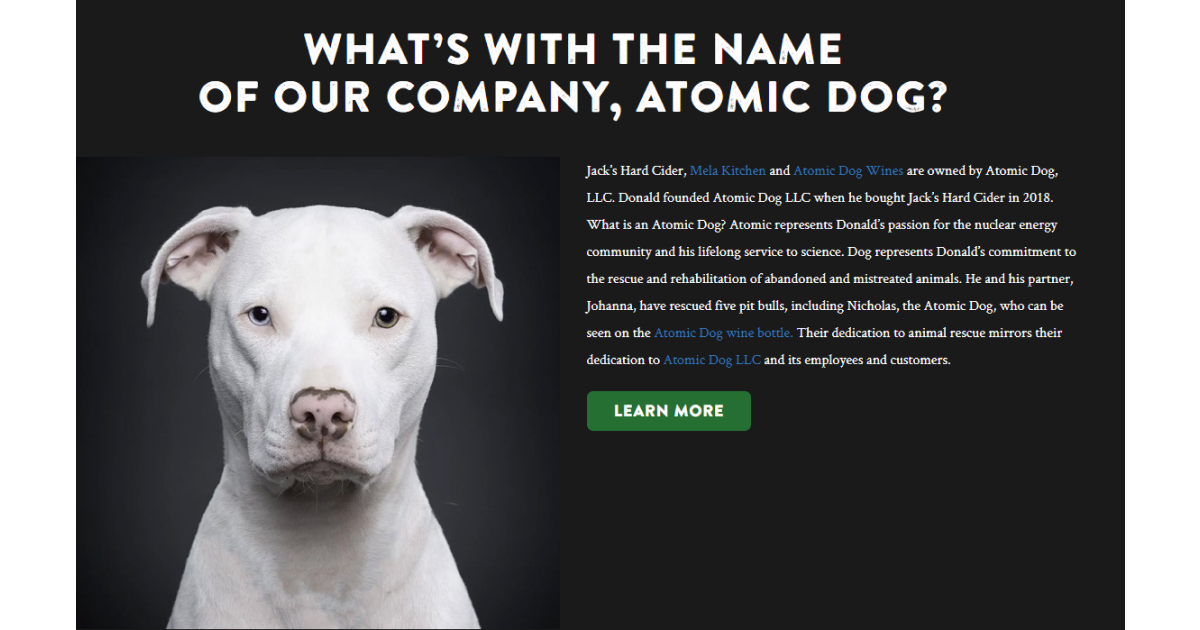
The title itself is intriguing enough that it literally pushes you to read the rest.
You are probably not all fired up to Google about it, but since you are already there and such a title is in front of you, please dare to look away (if you can).
2. Entertain Audience With Engaging Writing
Did you know that pages with under 200 words have the highest average conversion rate?
To make your writing more engaging, you first need to answer the following question:
- What is the story of your product or solution?
- What makes it so unique, and what are the features that stand out?
You can use your answers as a base for your copy and deliver it to your audience in a storytelling and scannable way.
Here is how Lion Matches does that in its copy:

Doesn’t this copy makes you feel like — “If a company can sell matches this way, I can conquer the world with mine?”
So simple yet, so powerful. Everything the reader needs is there — the idea, the benefits, and the price.
However, blog posts require a little different approach. They are longer than ads and require more information.
For instance, listicles and “how-to articles” are powerful copywriting forms we use to educate our readers.
In fact, content with at least one list every 500 words increases traffic by 70% compared to writing content without lists.
But, you don’t need just blog posts to use listicles. You can add them to your Ads too.
So, let’s take a look at how this original RXBAR pack sells itself:

I would probably buy it. Would you?
3. Don’t Forget To Include Visuals
You have probably heard this phrase before — “A picture is worth a thousand words.” Well, the same goes for visuals — pictures, bullets, tables, numbers, etc.
You can look at them as an element of filtration for your audience. We use visuals to make our copy scannable enough so the reader can quickly find what they are looking for.
However, originality comes in different styles and formats.
And to make a point, here is an example of a Corvette Anti-Volvo Ad that sparkles the originality in the simplest way possible.

I bet you will remember this one for a long time. Mission accomplished, right?
4. Close With Compelling CTA
Did you know that personalized calls to action (CTAs) increase conversion opportunities by 202%?
If you write a copy and don’t tell your audience what to do with that information, it is like building a house without doors.
You are telling your story of your offerings to your prospects and customers because you want them to do a specific action. Crown that with simple CTA buttons such as:
- Learn more
- Buy now
- Shop here
- Start for free
- Sign up
- Claim your free gift
- And more.
Let’s take a look at J.Peterman’s sales copy example:

Who would say that a vintage style can look so attractive, right?
J.Petersman company has found how to combine unique trends with killing copy.
In addition, the CTA button with “Shop here” serves only as a navigation to the cart, in this scenario.
On the other hand, if you are writing a blog post, your conclusion needs to navigate your audience to where to go next.
For instance, if you use CTA as anchor text in your blogs, you can improve conversion rates up to 121%.
So, figure out the step you want your readers to take and include such activities in your CTAs.
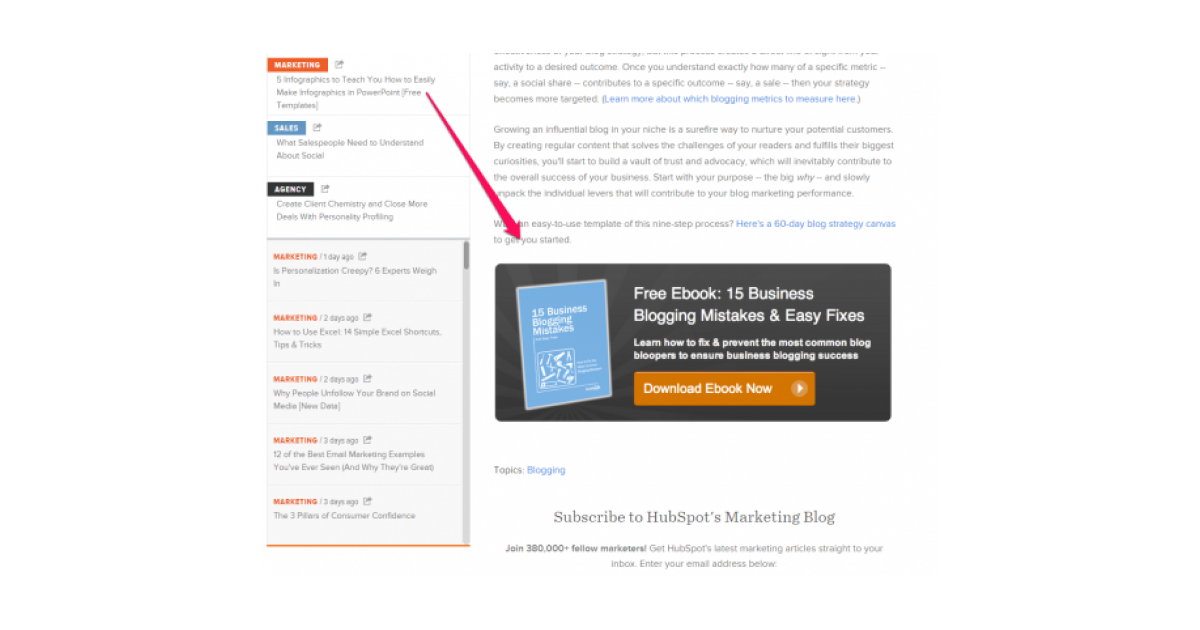
Of course, the same goes for emails:

Including CTA in your copy increases your conversion rates big time. This is the reason 47% of websites leverage a clear call-to-action button.
In addition, making CTAs in the form of a create a 45% boost in clicks.
Now that we know what we need for compelling copywriting let’s find out which are the top copywriting forms to use to gain more conversions.
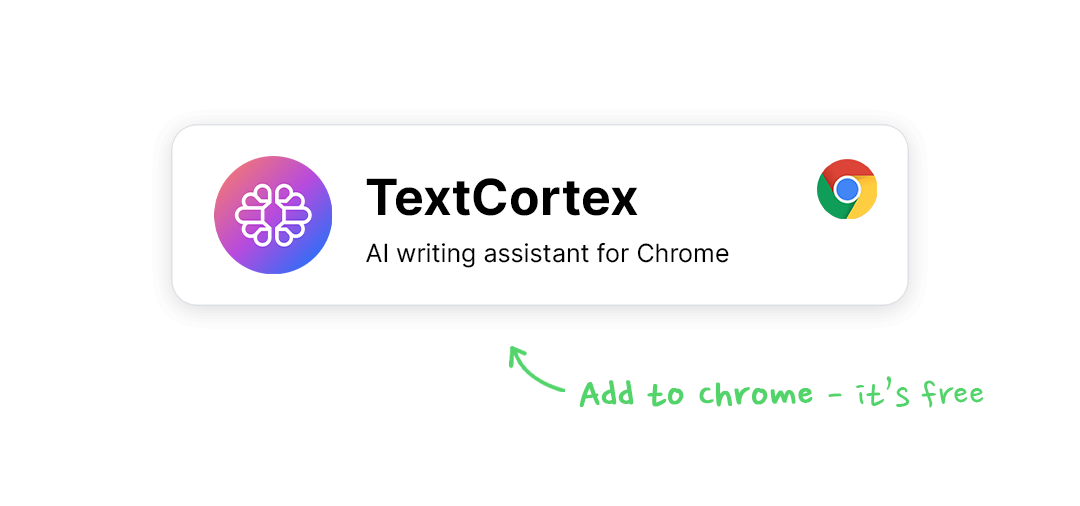
5 Top Copywriting Forms That Convert
Here are the top 5 copywriting formats used by modern professional marketers to sway potential customers.
1. Emails
Most marketers use emails as their primary ‘weapon’ in outreach sequences to generate new leads and keep relationships with the existing ones.
We will show you today two email types you can use in your copywriting.
1. Cold emails
Cold emails are responsible for raising awareness about your brand and business.
There are various different cold email templates you can use to reach your cold leads.
Here is an example of how cold email looks like:

Cold emails are an excellent strategy to get familiar with your audience while living them space to reach you back if they get interested in interacting with your business.
2. Nurturing emails
We use nurturing emails to maintain relationship with our prospects. Those are usually people who got on your emailing list, but were not ready to buy your offerings yet.
Nurturing emails helps us to transform cold leads into hot leads by constantly reminding them about our brand and offerings.

Pro Tip: Most marketers use AI writing tools, such as TextCortex, to create personalized emails for different outreach sequences.
For example, to generate your emails with TextCortex, you can use a rewiring extension.
Create main points in the form of bullets in your email textbox, select them, click on the logo and then use the ‘Bullet to email’ feature to start generating.
Within just a couple of seconds, you are good to go.
2. Blog Posts
We use blog posts in our copywriting to educate and entertain our prospects and customers.
In-depth guides, How-to articles, listicles and comparison articles are just some of the blog types we use to provide our expertise on the subject.
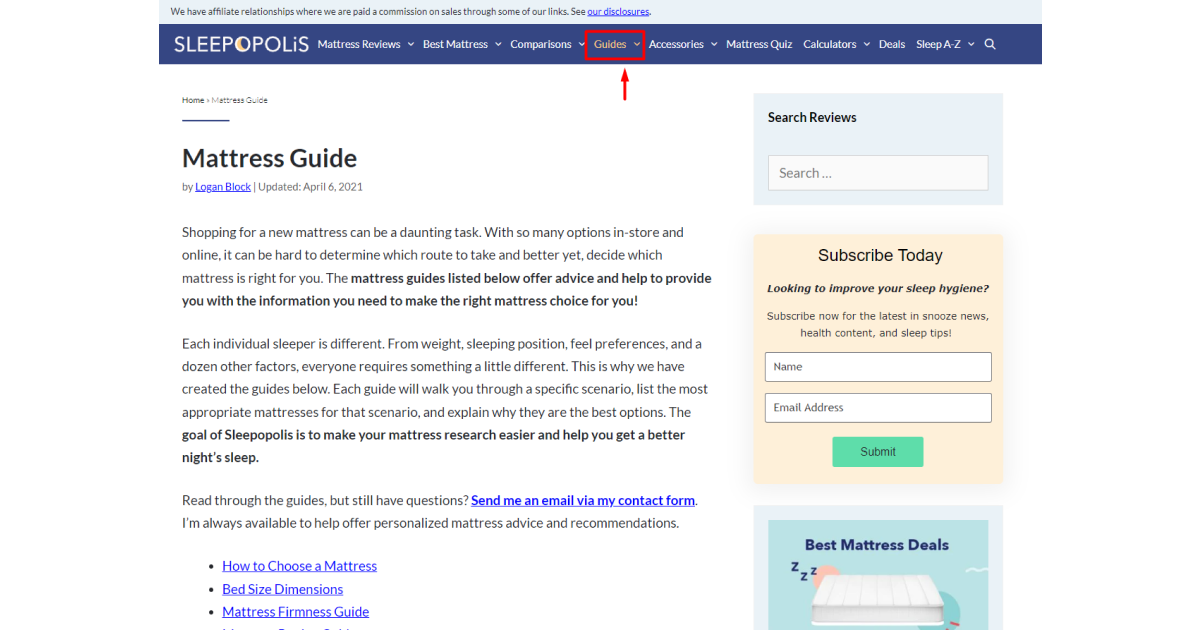
Pro Tip: AI writing tools can help with blog article writing as well.
For example, here is how a blog article generation looks like with TextCortex’s “Blog writing” feature:
You need to define your blog title and what the article is about, and choose your keywords, text length, and creativity level to get your first blog output.
Later editable canvas will allow you to twerk that output or generate more text.
3. Ads
Marketers use Ads mostly to promote their offerings on social media platforms such as Facebook and Instagram.
1. Facebook Ad
Did you know that 92% of social marketers use Facebook Ads for their business?
If you are running a Facebook page, you can narrow your audience to your specifications by writing compelling Facebook ads.

Across all industries, the average conversion rate on Facebook advertising is 9.21%.
2. Instagram Ad
Instagram claims that nearly 850 million people can be reached with ads on their platform.
Thus, this is the second most effective platform for advertising.

Pro Tip: TextCortex can help with generating social media ads as well.
Here is how that process looks like with ‘Marketing Copies’ feature:

To create your Ads with TextCortex define what you are promoting, product category, primary keywords, type of Ad (Facebook or Instagram), targeted audience, length and creativity level.
4. Product Descriptions
Product descriptions are an important element of product information. They are especially effective if you are selling your products on platforms such as Amazon and Shopify.
1. Amazon Product Descriptions
Did you know that 300 million customers shop in Amazon stores worldwide?

In addition, the average conversion per user per day on Amazon is 36.67, while Amazon's average conversion rate is 9.87%.
2. Shopify Product Descriptions
Shopify's platform is used by over 1.7 million merchants worldwide to sell their items.
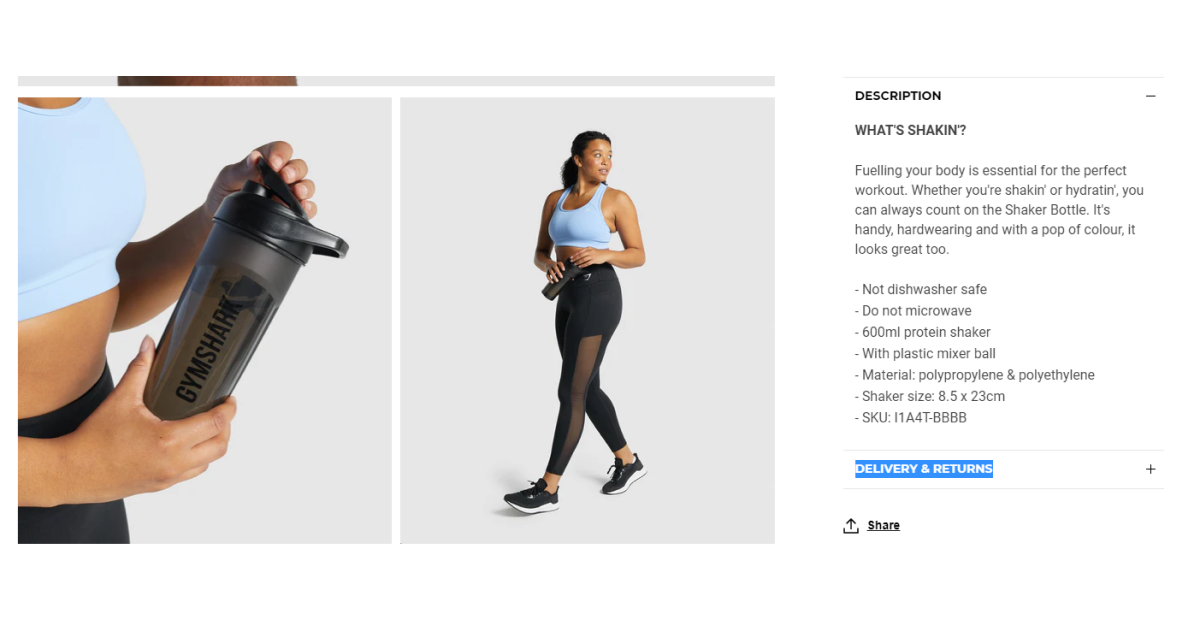
Pro Tip: TextCortex, with its ‘Product descriptions’ can generate your product information for any platform. In addition, it is fully integrated with the Shopify store.
Product description generation with TextCortex requires product name, brand name, product features, category, text length and creativity level.
After you hit generate, you will have your product description within seconds.
5. Videos
And last but not least, we have videos as one of the top copywriting forms.
Today, video marketing rules the content marketing industry.
According to SEMrush statistics, YouTube is the first video-sharing platform and the second largest search engine.

With over 2 billion monthly active users, YouTube is an excellent opportunity to promote your content and improve your Youtube descriptions.
Pro Tip: For YouTube descriptions, TextCortex offers ‘Youtube captions’ feature.
Add your video title, keywords, targeted audience and hit create button to generate.
If the first output is too short, you can click "Extend text" underneath the text box to get a longer one.
Conclusion
In an online business, you are selling impressions first, then your products and services.
Not when you think about it, how many times have you bought something that you don’t need just because the idea of having it was awesome?
That is right, many times.
Entertainment and education are primary triggers that will influence your readers to take certain actions (Call-To-Action).
And yes, copywriting can be boring and repetitive sometimes. Thus, we suggest you permanently remove 80% of that tedious writing work by implementing TextCortex in your copywriting strategy.
Our web application can help you:
- Create any copywriting content within seconds
- Write compelling and SEO-oriented outputs
- Produce content at scale
- Create personal templates for future use
- Always produce natural-sounding and high-quality content
Furthermore, our rewriting extension with access to more than 30 platforms will:
- Rewrite your sentences and paragraphs
- Expand your text for more information
- Create emails from bullets
- Generate blog posts from a single sentence
Ready to try it out?
Claim your free account today for 15 free daily creations to explore all TextCortex’s features and experience the joy of fast and effective copywriting.

![How To Write Website Copy - 4 Tips For Easy Conversions [+ Examples]](https://textcortex.com/cdn-cgi/image/format=avif,quality=90/https://assets-global.website-files.com/622611a2b23d0e6b270fba81/631c48ad75a7c17b6a0c5b8c_Frame%201526.png)